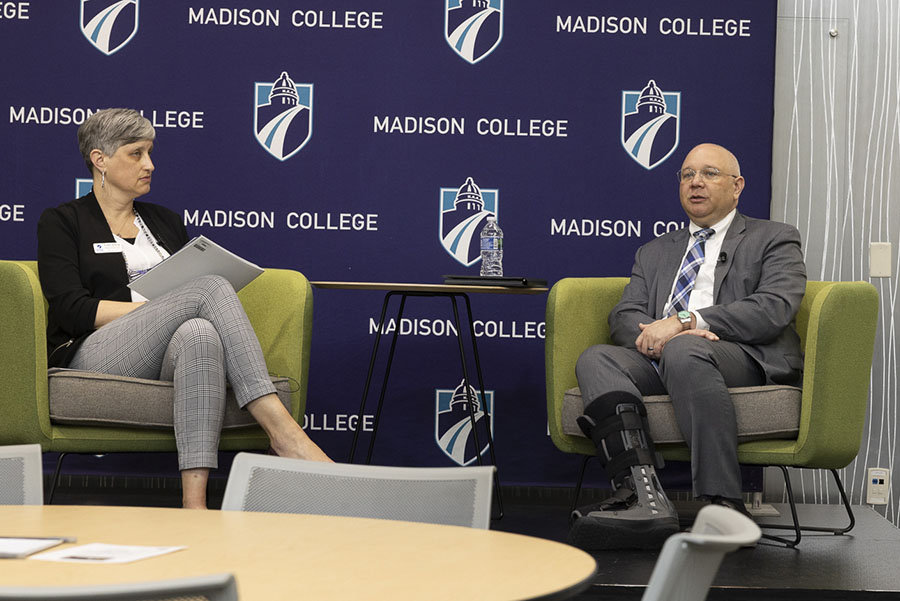Your debt, your problem
October 9, 2012
Available grants, scholarships can help reduce your debt burden
Imagine that two college students graduate with the same degree at the same time, but one has secured $40,000 in student loan debt alongside their Bachelors, while the other student accumulates a little over a thousand dollars. Who is smarter?
You could argue both students are equally smart, however, when comparing the students’ financial situations, you can’t argue that the student with little to no debt has had some other advantage. This student did not inherit a large sum of money, win the lottery, nor did their parents or any other family member pay for their college. How did this student manage to significantly minimize their student debt?
To know the answer, you have to look at student debt from a financial aid specialist’s point of view. According to the 2010 report from Project on Student Debt’s website, the national average debt for a student who attends a four-year institution in Wisconsin adds up to a mountainous $24,627. Wisconsin is ranked with the nation’s 15th highest student debt average.
You could blame educational institutions for raising tuition each year or you could blame inflation and the fact that wages are the only economic value that has not increased.
Alternatively, you could consider other variables influencing student debt. One such variable is that students fail to seek and apply for various grants and scholarships.
The myth that there are billions of dollars being untouched in the financial aid world is still an argument to this day. The possibility of a student receiving aid from grants and scholarships is exceptionally high and the likelihood of receiving aid is continuing to increase. If this is the case, why do students continually fail to apply year after year?
The reason why is how I can relate to you, student to student. I’ve thought the same thing as nearly every student attending Madison College, or any college for that matter, when it comes to scholarships and grants, “There are so many people applying for it, I don’t stand a chance.”
However, if this were true then you would see the states and federal governments increasing the number and amounts of financial aid opportunities to fulfill the demand.
From rigid requirements, to the lack of awareness of financial aid opportunities and to the simple idea that you don’t stand a chance of winning a scholarship are the largest reasons why student debt continues to accumulate.
Few students seek financial aid through their high schools before attending college, search for local scholarships, or meet with a financial advisor at the college to discover what state grants they would be eligible for.
In addition, in rare financial situations, a student can receive a professional judgment of their Estimated Family Contribution by the school so that the amount of federal and state aid could be determined more accurately.
Applying for all the possible scholarships and grants will make those who fund them realize that they need more funds and more types of scholarships. They have no reason to increase the funds if they don’t even disburse all that they currently have.
When you take the time to meet scholarship requirements, seek different scholarships and grants out, you not only lower your student debt, but you will lower the debt of later generations by increasing the expected quantity.































